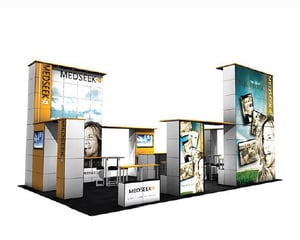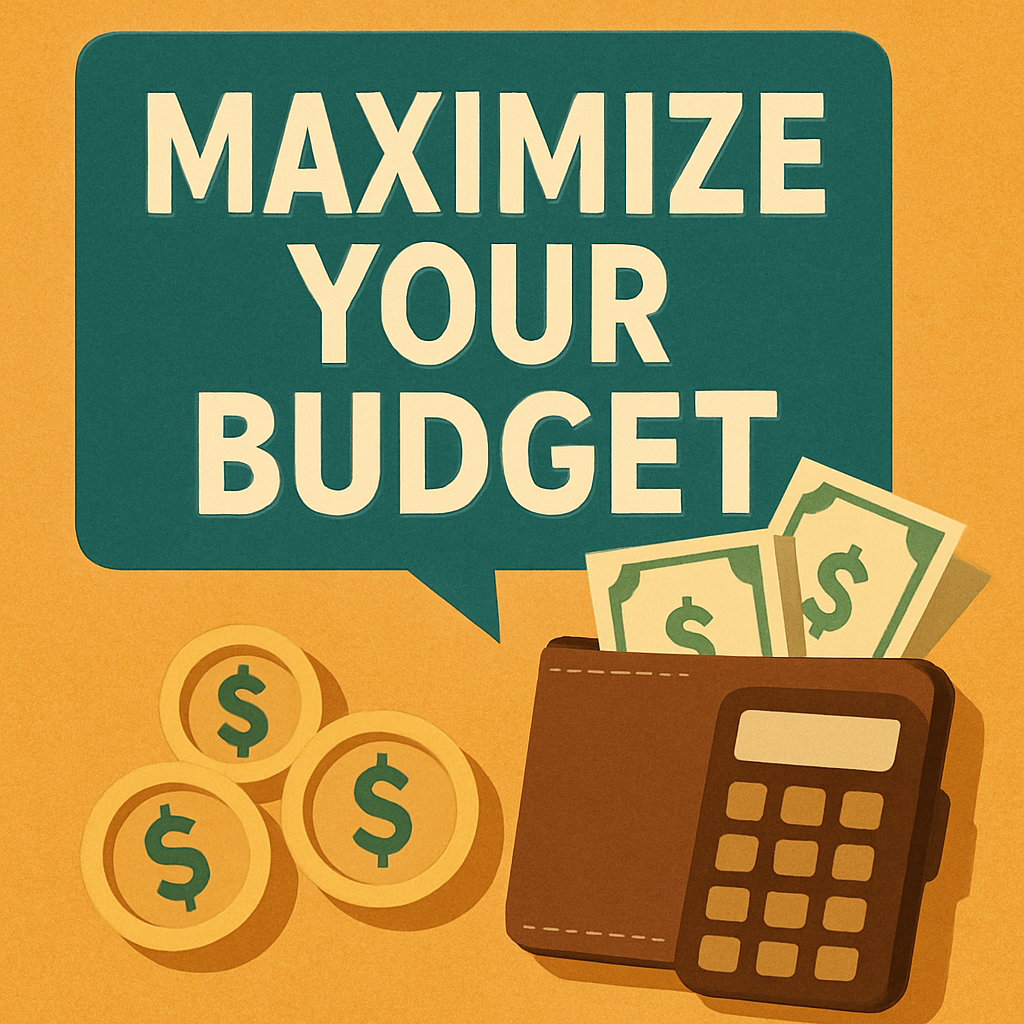We’ve all been through the same sales training and coached on the same sales playbook. When it comes to qualifying high-potential sales opportunities, salespeople look for: senior decision-maker involvement, buying authority, customer consensus, approved budget, and a clearly articulated need. However, in a world where customers learn far more on the their own and progress further along a purchase path before reaching out to reps, yesterday’s winning playbook is today’s losing recipe.
Why? These attributes are symptomatic of “Established Demand” -- meaning customers have not only figured out exactly what they need, but how much they’ll pay. The more boxes your opportunity checks, the less likely there’s anything left to discuss but price. Sure, the likelihood of a win might be high, but the likelihood of a great deal is incredibly low. In this world, the sales team is little more than the customer fulfillment team. What’s a better alternative for effective opportunity qualification?
How to Identify (Truly) Qualified Leads
At CEB, now Gartner, we’ve studied this question extensively and landed on a surprising answer. After studying several thousand sales professionals around the world, we found star performers place one attribute above all others when qualifying and prioritizing sales opportunities: They seek out organizations -- or opportunities -- undergoing some sort of change. Why change? For two reasons:
1. Emerging vs. Established Demand
While sales leaders preach the need to “get in earlier” to sway customer thinking in the supplier’s favor, few have any concrete ideas for how or when to make that happen.
Star performers, however, have discovered a way. Unlike criteria such as “budget approval” and “clear need” which indicate the prospect is close to their final decision, star performers use organizational change as a leading indicator of purchase potential.
Change boosts the likelihood a company must buy something specifically because it increases the likelihood a company must do something -- or, at least, do something differently. It’s the canary in the coalmine for Emerging Demand. Because change undermines a company’s status quo, it’s the earliest possible indicator of an emergent purchase process.
2. Willingness to Take Action
Star performers also gravitate toward customers in a state of change because they intuitively recognize that’s what they’re ultimately selling. In fact, that’s what we’re all selling. In one way or another, we’re all selling change. Organizations undergoing some sort of change already are far more open to buying the one thing we’re selling.
Identifying Companies in a State of Change
So what does organizational change look like, and how do you spot it? It’s pretty straightforward once you know what to look for. Drivers of organizational change typically fall into one of two categories: Internal versus External.
Internal Drivers of Change
These company-specific circumstances usually lead to a moment of “organizational reflection” where current thinking, behavior, processes, structure, etc. all fall under increasing scrutiny. For example:
- Ongoing poor commercial performance
- Recent mergers, acquisitions, or divestments
- Significant changes in strategic direction
- Senior leadership turnover
- Widespread discontent with current processes, tools, data, systems or workarounds
External Drivers of Change
External drivers of change typically impact wide swaths of organizations simultaneously -- often leading the most agile to act first, many to follow fast, and the most reluctant to fall dramatically behind. These can include:
- Changes in regulatory reform (e.g., the impact of regulatory reform on financial services companies)
- Changes in legislation (e.g., the impact of healthcare reform on the entire healthcare industry)
- Changes in technology (e.g., cloud-based computing, blockchain, mobile technology)
- Changes in micro-economic trends (e.g., the move to subscription-based services)
- Changes in macro-economic trends (e.g., shifting centers of global economic power)
Given their scope, external changes typically represent a huge opportunity for the best sales reps to anticipate and then act on their impact as they come over the horizon.
But whatever the cause, change is the mechanism star performers rely on to initiate a purchase process rather than simply respond to one, as it significantly reduces organizational inertia to do -- and therefore buy -- something different.
Written by Brent Adamson - https://blog.hubspot.com/sales/how-to-qualify-leads-2018





